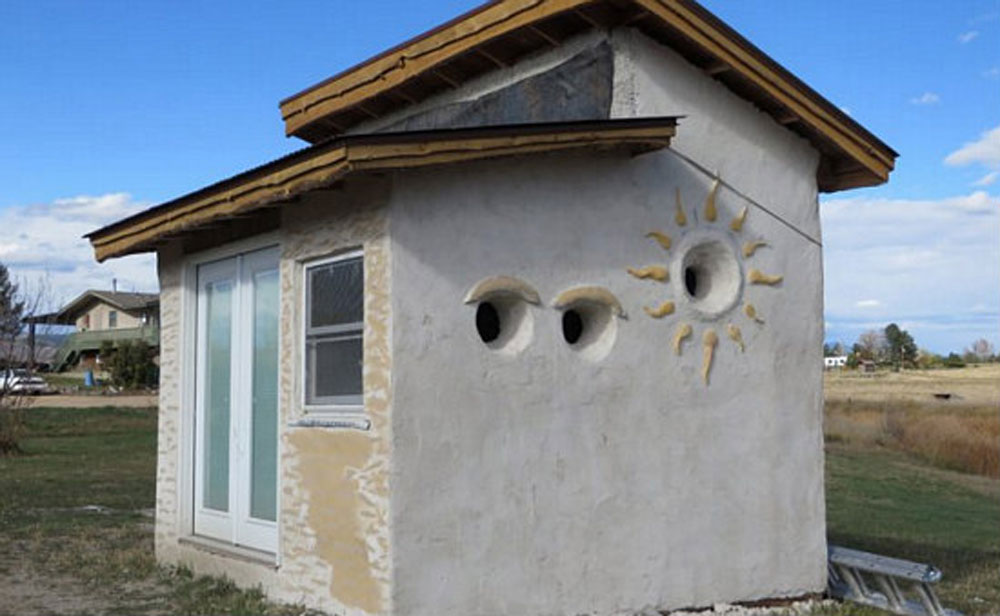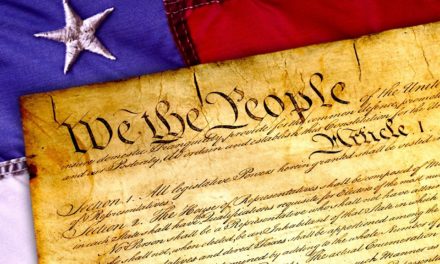Provided by Stokkers USA Grow House
Hempcrete was first used in construction to build non-weight bearing infill walls in France during the early 1990s. Hempcrete is made from mixing the hemp hurd with lime and water and weighs only about an eighth of regular concrete weight. The lightweight nature of hempcrete can also reduce the embodied energy of a building by reducing the emissions associated with transporting heavy materials. Since industrial hemp can also be grown in a wide range of climates and soils, it is also an excellent alternative as a local building material.
Hempcrete is the hurd or the hard stalk of the industrial hemp plant with cement (lime) as an added binder.
Hempcrete can cut down on another big building problem: construction waste. Concrete represents more than half of the debris generated by building construction and demolition. The U.S. Environmental Protection Agency estimates that more than 23 million tons of concrete debris was created during construction in 2015.
And while hempcrete can’t be used for structural sections of a building, it can be used to replace non-structural elements of walls that traditionally could use concrete. Hempcrete also can be used in place of common construction materials such as drywall and plaster, which account for about 8 percent of building construction debris.
Laws concerning the controversial origins of hemp are beginning to change. The 2018 Farm Bill allows for the broad cultivation of “industrial hemp,” but with tight restrictions on grower licenses and the crop’s psychoactive content, tetrahydrocannabinol, or THC, new advances can still be restrictive.
Architectural students are building exciting examples of corrugated boards made of Hempcrete as well as structures infilled with blocks formed of this exciting , new material. It can be applied to surfaces like plaster and the transition with existing skill sets for application and ease of mixing on site as needed make this a material that solves many challenges of natural building materials. It can be grown and installed in Texas.
Compared to concrete, hempcrete has superior insulation properties because of its resistance to mold and ability to withstand the Texas weather- hot to cold. The thermal mass makes it an energy efficient choice. There are now examples in Travis County of homes built of hempcrete. Panels that have now stood for years in the subtropics of Travis County are unchanged.
Hempcrete is durable, renewable and the next exciting solution to the age old inquiry of elegant, simple solutions for housing and commercial building.
StokkersUSA, we grow it, we bring it to you straight from the farm.
(Tiny Hemphouse photo courtesy of dc.urbanturf.com)
Hempcrete: The Eco Building Material of the Future












